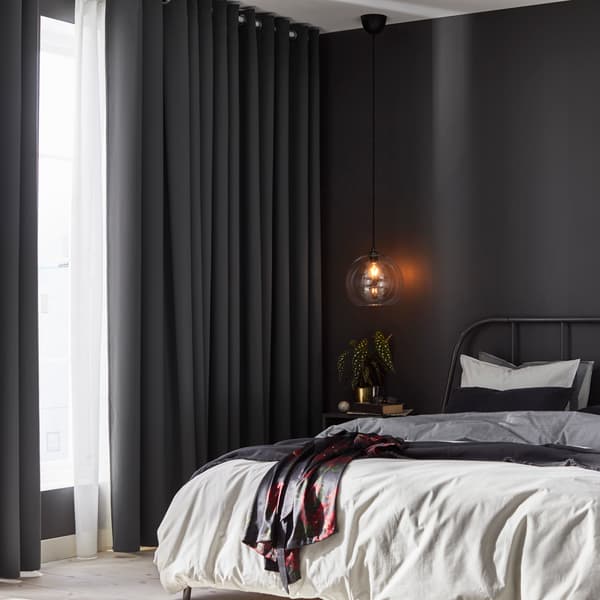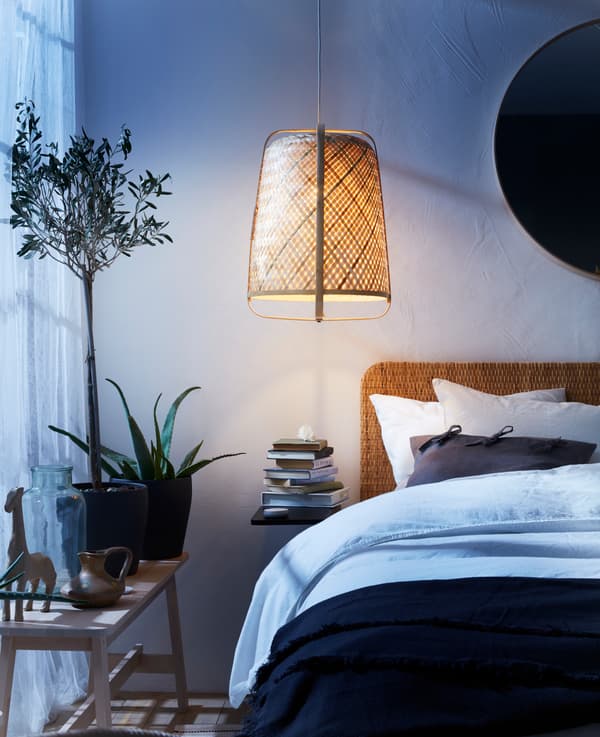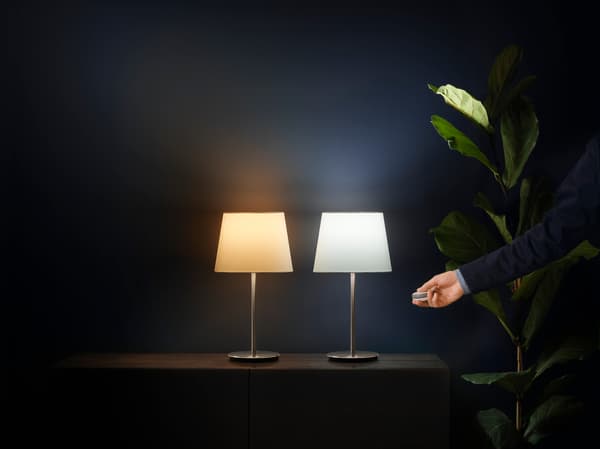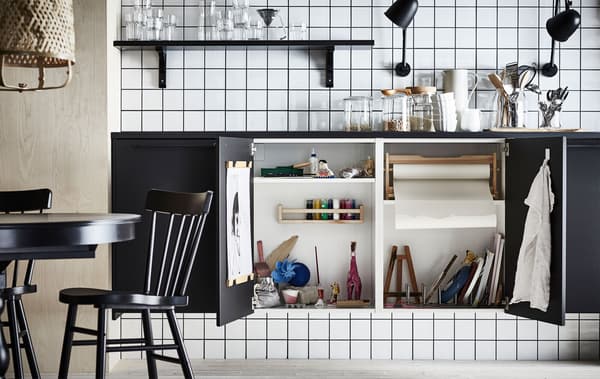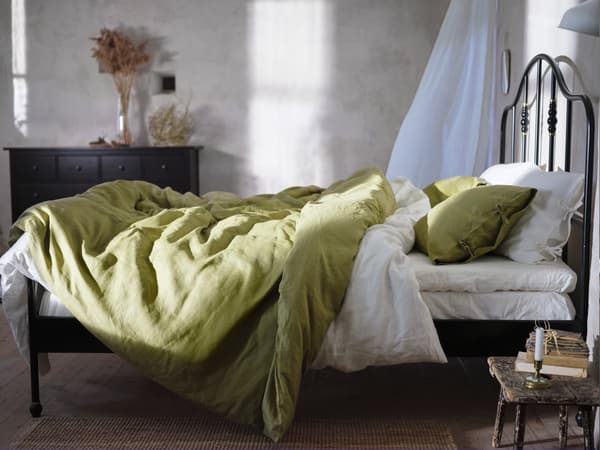How to illuminate a bedroom in order to sleep better
The lighting you choose for your bedroom can have a positive or negative influence your sleep. The amount of light, as well as its colour, are things to consider when lighting a room designed for rest. Take note of the advice given to us by experts from the Spanish Sleep Society (SES) about the type of lighting you should choose to achieve the perfect space for good sleep.


The first advice that sleep specialists recommend is that the bedroom be as dark as possible at bedtime. It seems obvious, but not all households can achieve this, depending on the type of windows they have. If you don't have blinds that prevent light from passing through, you can choose to hang two curtains: a thin curtain for the day and a thicker one for the night.
Furthermore, be aware that to achieve total darkness, you must avoid having any electronic devices in the room. Smartphones, tablets, computers, TVs or digital alarm clocks are light distractions that can prevent you from falling to sleep. Did you know that studies indicate that the use of electronic devices is leading to an increase in the number of people suffering from insomnia? It is recommended that we stop using smartphones or any other device that emits blue light for a couple of hours before we go to sleep.
General light in the bedroom
According to the SES, the general light (ceiling lamp) must be ambient and diffuse. The intensity should not exceed 75 lux, with a colour temperature not exceeding 3,000K, although ideally it should not exceed 2,750K. We advise using warm-toned LED bulbs, the best option if you want to get an ambient light suitable for relaxing and preparing for sleep.
Why not opt for a dimmable bulb so you can switch to a warm light when you want to? Do you know about our TRÅDFRI smart bulb? This bulb and remote control kit means you can turn the light on and off, choose the tone of white and select the intensity.
If you have any questions about how to choose your bulbs, here is an explanatory video that will help you choose:

Night light
For experts, the night light is the auxiliary light we have on the bedside table or fitted to a wall. This light should also be as warm and dim as possible, as it only performs a practical function when you need to get up during the night. Although many people usually read a book or work in bed, sleep doctors don't recommend doing any activity in the bedroom other than sleeping. If you can't avoid having your mobile in the room or if it's your regular alarm clock, you'll want to keep it in aeroplane mode at night.
As you have seen, light plays a key role in the bedroom for a good night's sleep, but it isn't the only aspect you should consider. In this article we'll tell you how the colour of our walls influences our mood and sleep.
We are delighted to see our customers use our products creatively. Why not try being creative too? But do remember, any modifications or changes that you make to IKEA products prevent them from being resold or used for their original use, and so voiding IKEA product warranties and your right of return.
